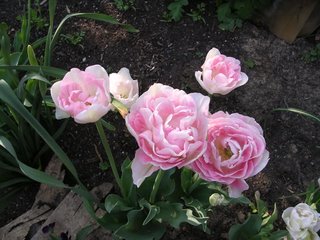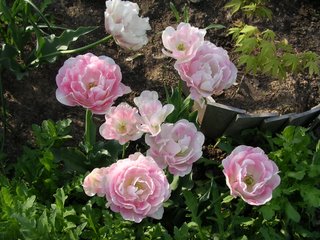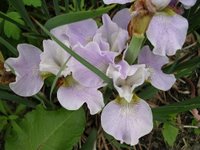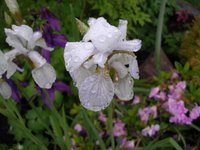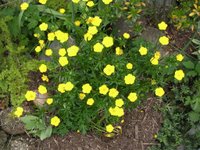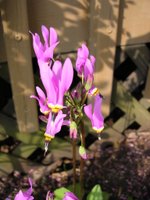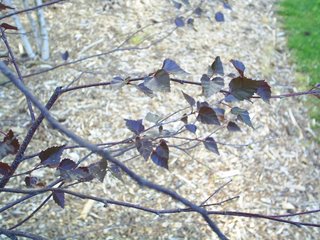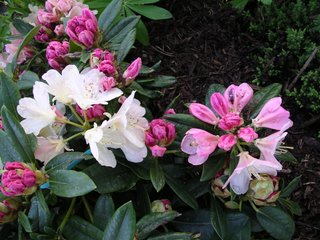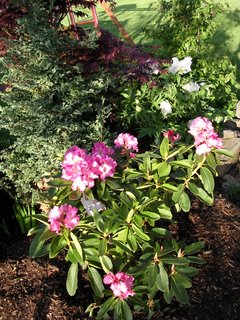Phacelia campanularia blooms!
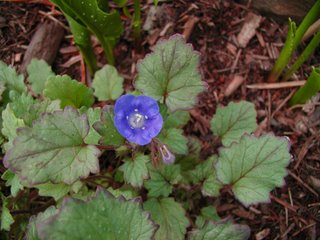
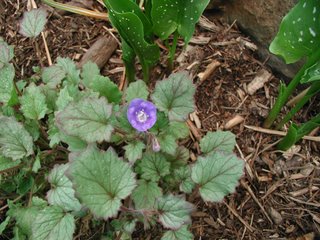
Woke up yesterday morning to plant stuff we bought at the local nursery and wow the Phacelia already bloomed. This is the only plant that has flowered amongst the hundreds of seed I managed to scatter - well I bought a whole quarter pound of seed thinking that a packet or two wasn't enough - but this was very quick to bloom, less than a month if memory serves and closer to three weeks I believe. And if the plants are covered with all these blue flowers, then it was good that I bought so much.
One photo is enhanced. The blue taken by the camera turned out more purpley than it actually is. The enhanced photo is closer to the actual color. It is a bluer blue with white spots on the base of the petals and white stamens? pistils? As a bonus the green-purple scalloped leaves, quite attractive on it's own, is edged with a reddish purple tint.
I read somewhere that Phacelia is added to a lot of the wildflower mixes. We've planted a lot of wildflower mixes in the past and have never seen this plant before. If they don't add it to the mixes, they should. I would make a wonderful addition, quick growing, quick to flower and beautiful. The only problem would be that it is so short and would be dwarfed by other wildflowers. Maybe it will grow much taller but for now it is all of 3" high.
Phacelia is supposed to bloom until Fall. It would be wonderful if it did. I'll let you know.
